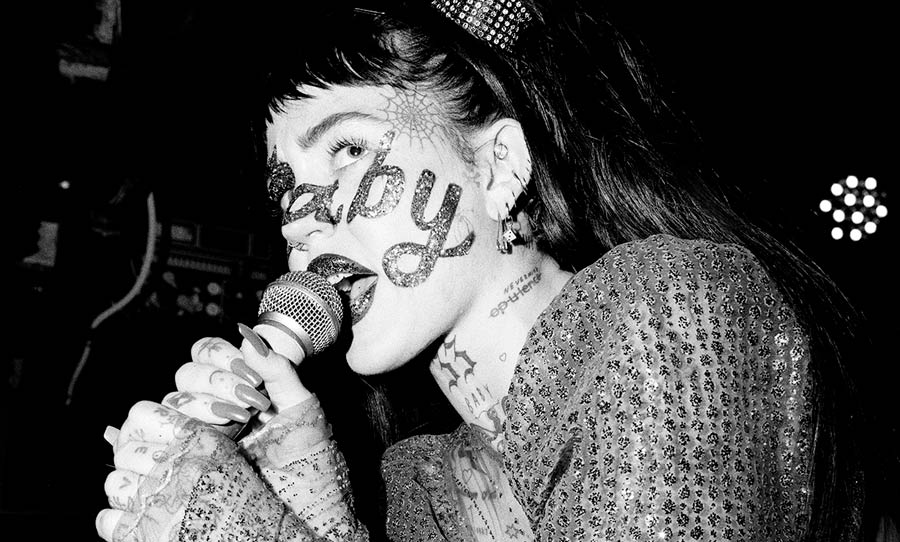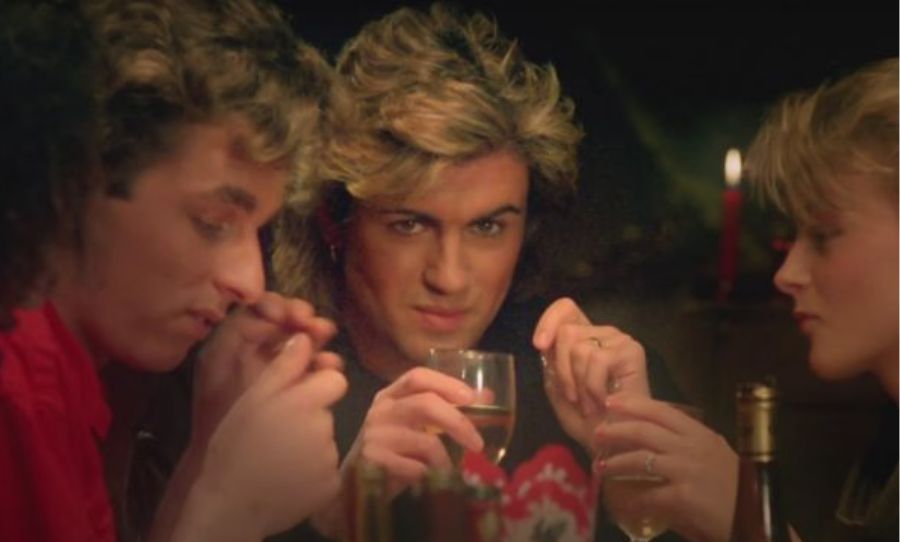Sarah Stockman is a photographer based in Melbourne who also works as the manager, creative director, and “Dance Mom” to local act Electric Toothbrush. Her photos are savagely beautiful; black and white portraits that speak to the strength of her subjects.
We caught up to discuss the reality of having your Instagram hacked, the directness of black and white images, and the place of analogue photography in the digital age.
This article appears in Happy Mag Issue 11: The Photo Issue. Pre-order your copy here.
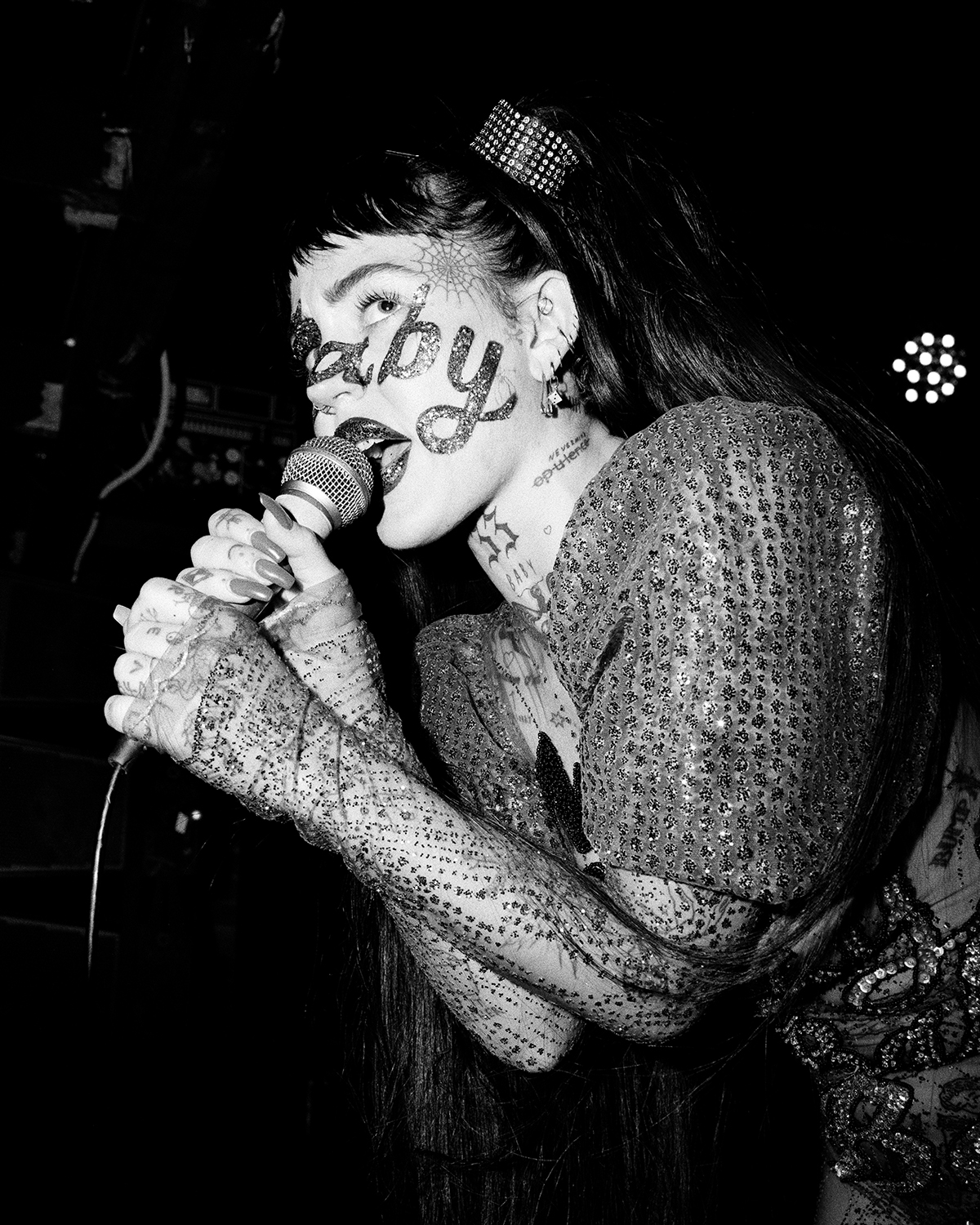
“Without sounding too bizarre, I just see the world in black and white”: we chat to photographer Sarah Stockman for Happy Mag Issue 11.
HAPPY: Your website bio says you eat silver gelatin for breakfast. What do you eat for a midnight snack?
SARAH: At midnight I eat all the uncomfortable feelings that come with having to write yourself an artist bio.
HAPPY: What’s the earliest memory you have of photography?
SARAH: The usual. Family photos mostly, holiday snaps and a bright green plastic 35mm I got for Christmas. I do specifically remember being very young and very excited the first time someone showed me a Polaroid though. I thought it was magic.
HAPPY: And when did it become a reality for you as a career?
SARAH: Life’s work with no plan B? Probably 17. Career? Not sure I’m there yet.
I work in a financially unsustainable medium because I’m too stubborn and unrelenting in my pursuit of analogue photography as the love of my life and an art form rather than as a commercial venture. This would largely be solved by just switching to digital and picking up more jobs for work versus just for love.
I suppose it will be a reality as a career when I find a balance within that. But, right now, I think we are working in a creative industry that consumes and exploits artists of most descriptions for free work either way. It will be a career when people stop asking or expecting me to work for less than minimum wage.
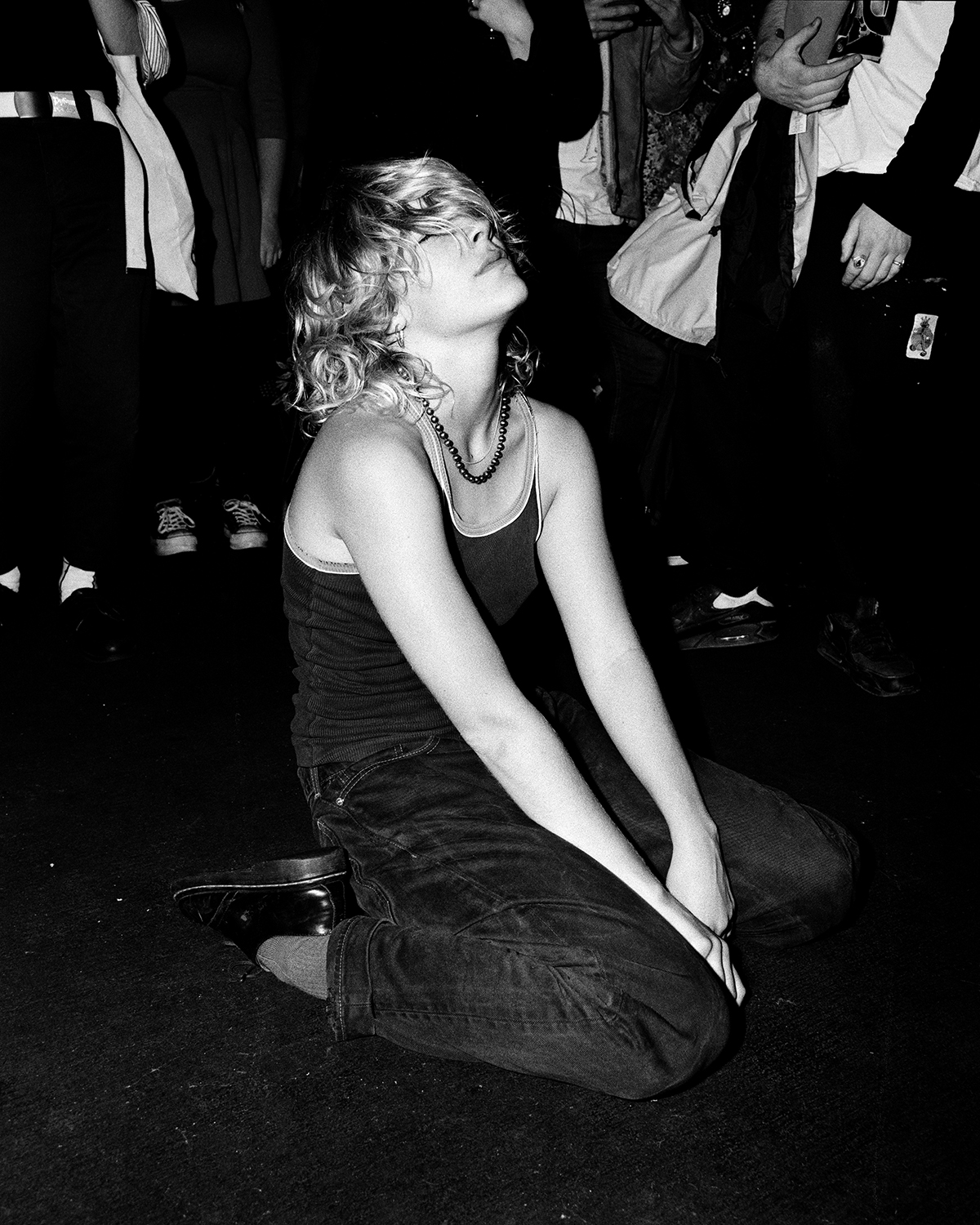
HAPPY: How has your style developed over time?
SARAH: When I look back on photographs I took 5-10 years ago, I can definitely still see me in there. I’ve always been doing portraiture, I’ve always been shooting primarily women and queer people. I think I knew what I wanted and how I was seeing it pretty early on. I’ve always held those I’m shooting in a sort of reverence. I’ve shot them in the way I’ve always hoped to be seen. Some wonderful combination of strong but never cold or closed off. Honestly.
The most noticeable change I see is tied to technical learning, just getting better with practice. There’s a big shift when I started shooting on medium format 6×6 or 6×7 cameras about five years ago too. The experience shooting with those cameras, for myself and for those I’m shooting, is different. You interact quite differently so the whole vibe of the image feels unlike that of when I shot on 35mm film or occasionally digital.

HAPPY: What draws you towards shooting in black and white?
SARAH: Habit perhaps, I’ve always shot on black and white film. The convenience of being able to process my own film, the control I then have scanning or making darkroom prints. The closeness I’m able to have with it. Black and white film is the medium that made me fall in love with photography – the whole process, from start to finish. Then, because I started shooting on it, everything I learnt about image making and the pieces I put together in my head is all in black and white. Without sounding too bizarre, I just see the world in black and white.
That being said, by taking colour out of the picture, it’s just the essentials. Light, shapes, texture. The look on someone’s face, not the colour of their t-shirt. I read something years ago on how to tell engaging stories and the most important advice was to say just enough, but not too much. So that whoever was reading was filling in the last 10 percent. That’s what black and white photography feels like to me. Saying just the right amount and, in the process, saying much more and creating something you’re drawn further into.
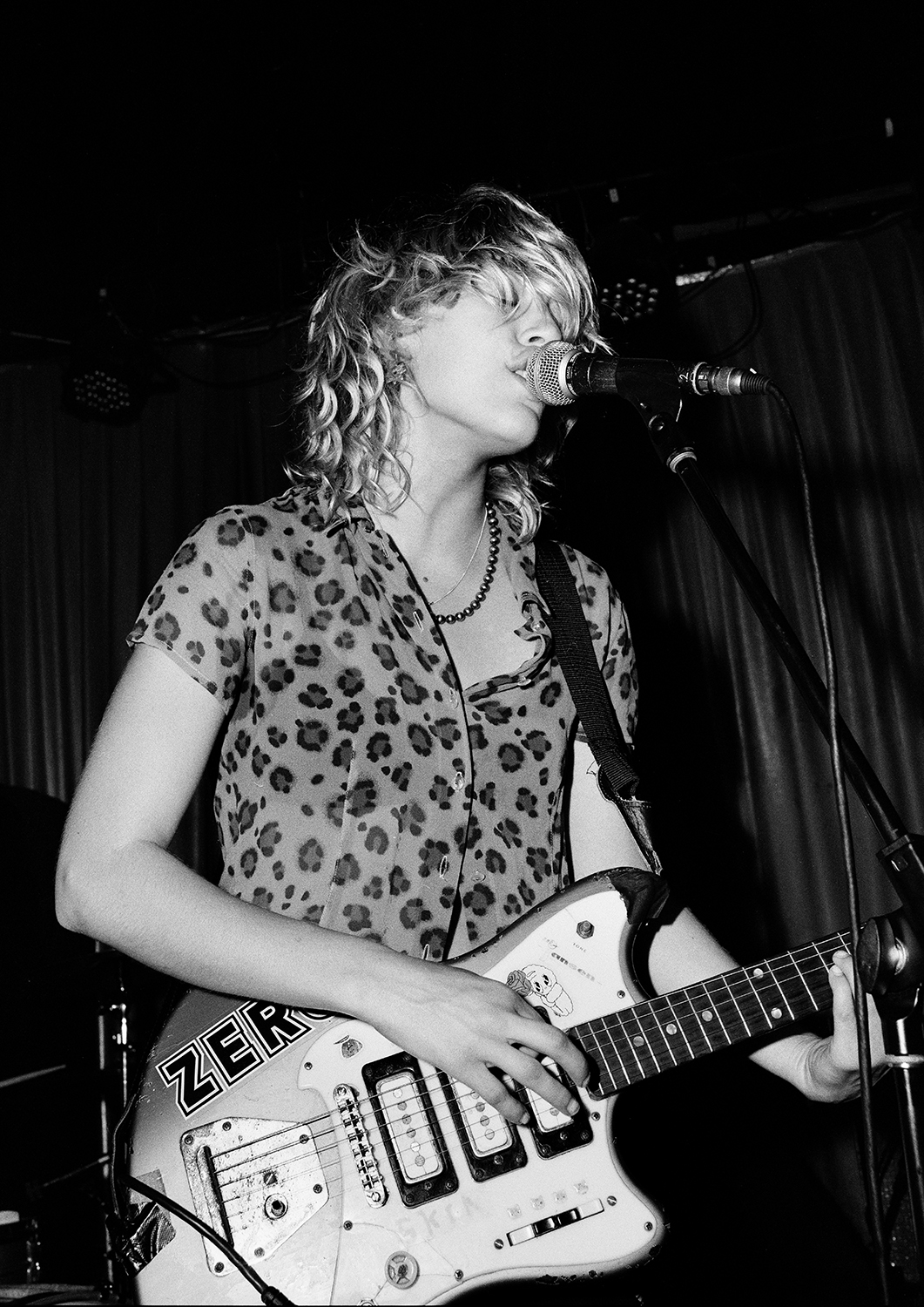
HAPPY: Your Instagram was hacked somewhat recently. Before it happened, were you conscious of that page being such an important and singular catalogue?
SARAH: It was! Never thought that would happen but here we are. Make sure you have seperate emails for all your social media and they’re not connected to your phone number fam. Get a password manager.
I think it used to come across as more of a journal and a complete history, because it was. It was a personal account I’d had since the beginning of Instagram, that then also came to serve as a sort of portfolio as I posted unfinished and then finished work. Consequently, it was more diverse, but that being said it was always cohesive because the look of my work reflects a lot of myself and what I’m interested in, and that itself has always been quite focused.
Additionally, it used to serve as a huge archive of snippets from my VHS collection that I’d post as I watched. Anything from early ‘70s through late ‘90s music and skateboarding tapes. I know a lot of people followed me specifically for that content but I haven’t found the energy to post that sort of thing all the time again. It was time consuming, which I didn’t mind, but when you lose it all very suddenly and can’t get it back, I think it takes a bit of the fun out of it. Hopefully I’ll find it again.
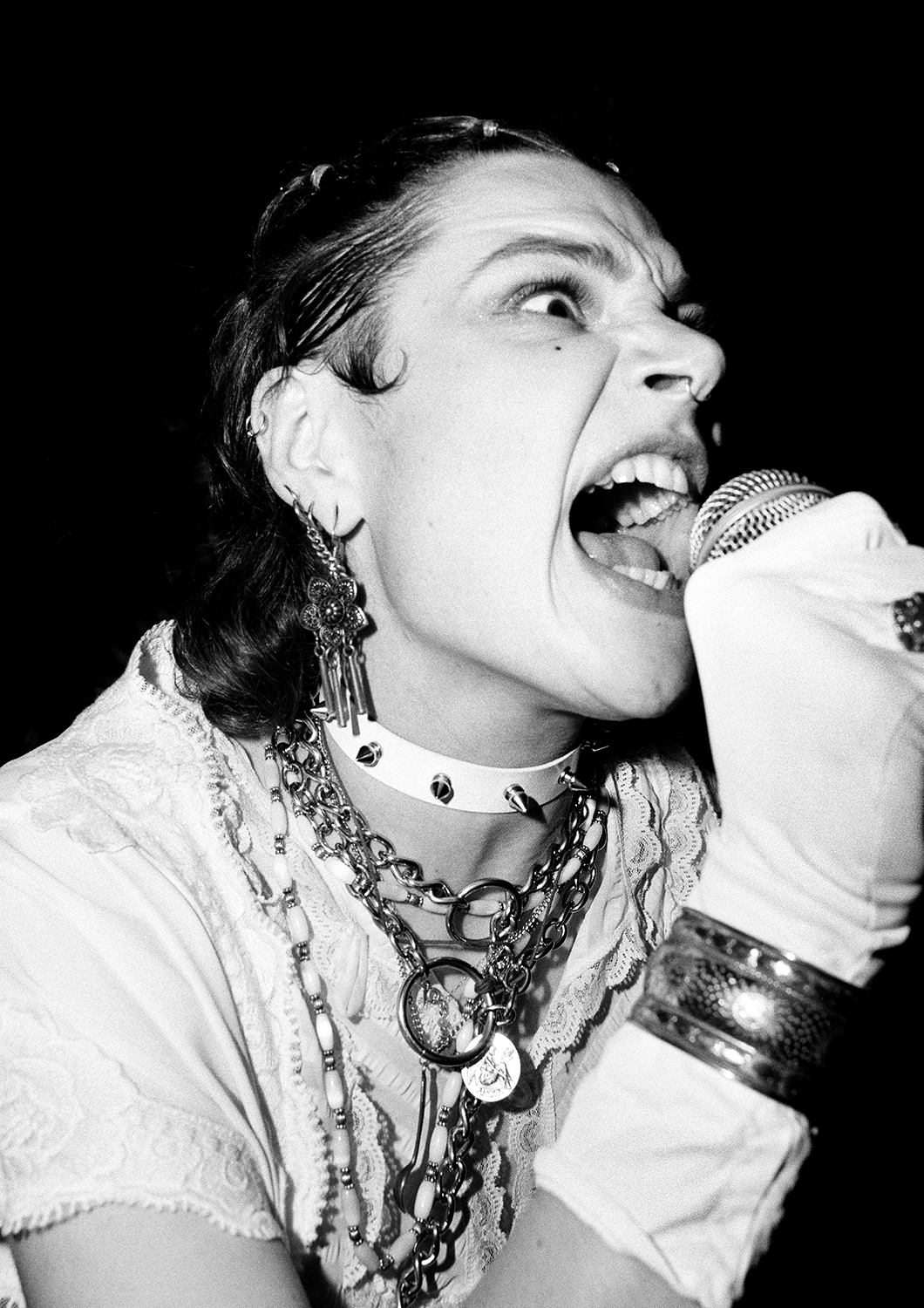
HAPPY: How do you feel about social media and what it means to photographers, more broadly?
SARAH: I love that I see work from all over the globe that I wouldn’t otherwise see, I love that it connects me with artists I maybe otherwise couldn’t work with, I love how accessible it is. What I don’t like is how important it’s become at the expense of other platforms, how quick and temporary it’s made the way we consume images. I don’t like what I’ve built it to be in my own head, or the anxiety I’ve attached to it.
I don’t want to just be a content creator. It’s hard to walk the line between putting enough work out online so that people know you and are interested, versus putting so much out that it’s all been seen and having a gallery show or publishing in print doesn’t feel special anymore. That when you do, people will just be like “oh, I saw that on Instagram”.
I want to make work people sit in front of and really look at, I want to be a page in your favourite book you go back to year after year. I put so much time, energy, care and material thought into every image I make. A phone screen doesn’t do an image I can scan and print a metre tall justice, nor does it do justice to something I spent hours hand printing in the darkroom. I can’t imagine that many of the other artists who also work this way feel differently.
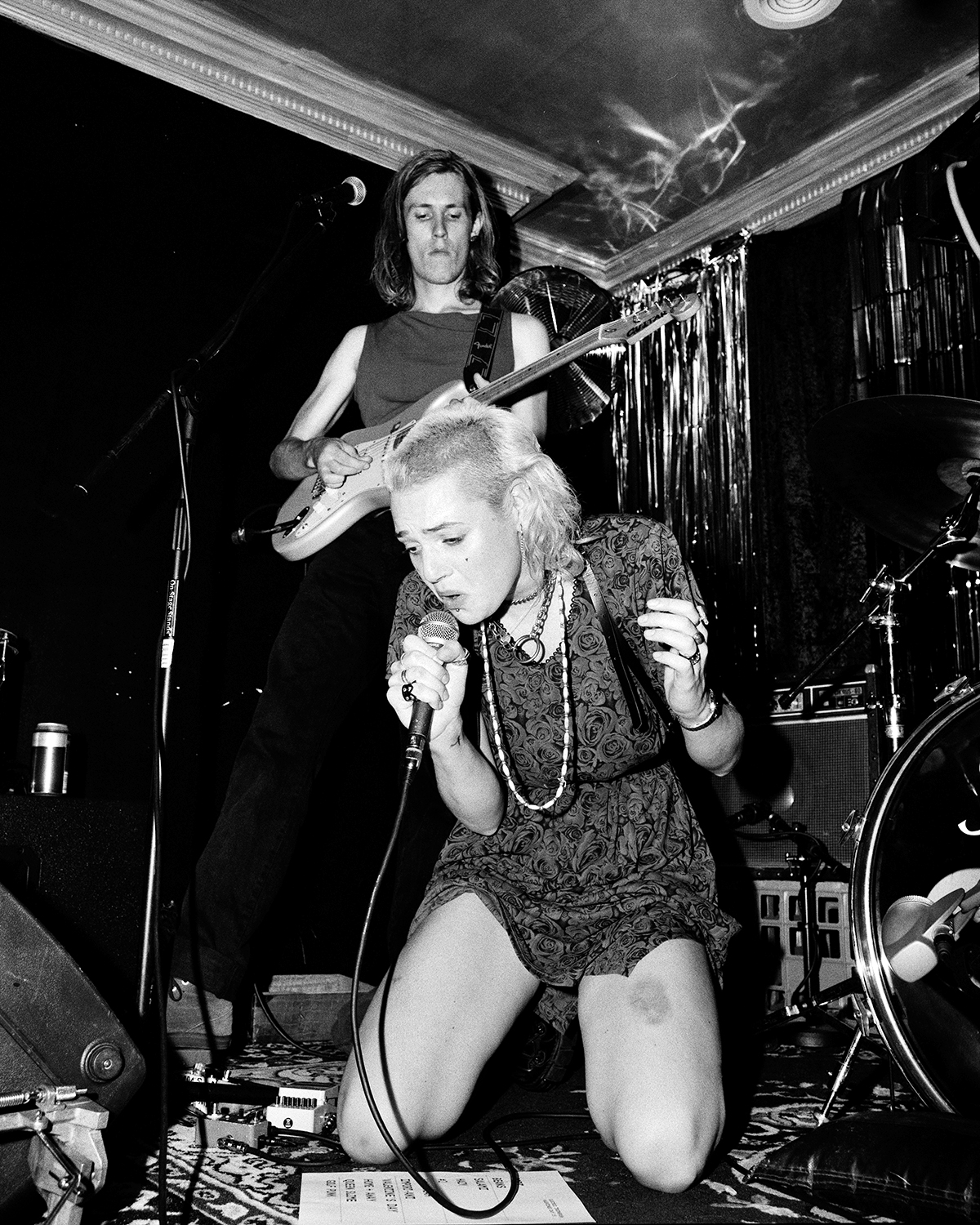
HAPPY: You’re the creative director for local band Electric Toothbrush. What has been surprising in stepping up to that role from shooting bands?
SARAH: Ah yes, manager and creative director, the official title we gave me instead of Dance Mom. My twin, Amelia Stockman, and I have been good friends with Annika Wagar, the lead singer in Electric Toothbrush for a number of years now. Early last year they were starting to do really well and create some wonderful music we felt very passionately about. But Amelia, who’s normally a graphic designer, and I saw that there was a disparity in what they were doing musically and what it looked like from their online presence. So much of other people taking you seriously and opening themselves to how good what you’re creating is, is presenting it in the right way. Giving yourself an image that people are going to be drawn to. So we stepped up and have done our best to do that with them.
The thing that surprised me most was how quickly I ran into someone at a gig who had no idea who I was, no clue who Electric Toothbrush were, or what they sounded like. They told me that they were there because they saw the Facebook page and thought they looked like they sounded good. That was all the proof I needed what we were doing was working. Probably shouldn’t have been surprising at all.
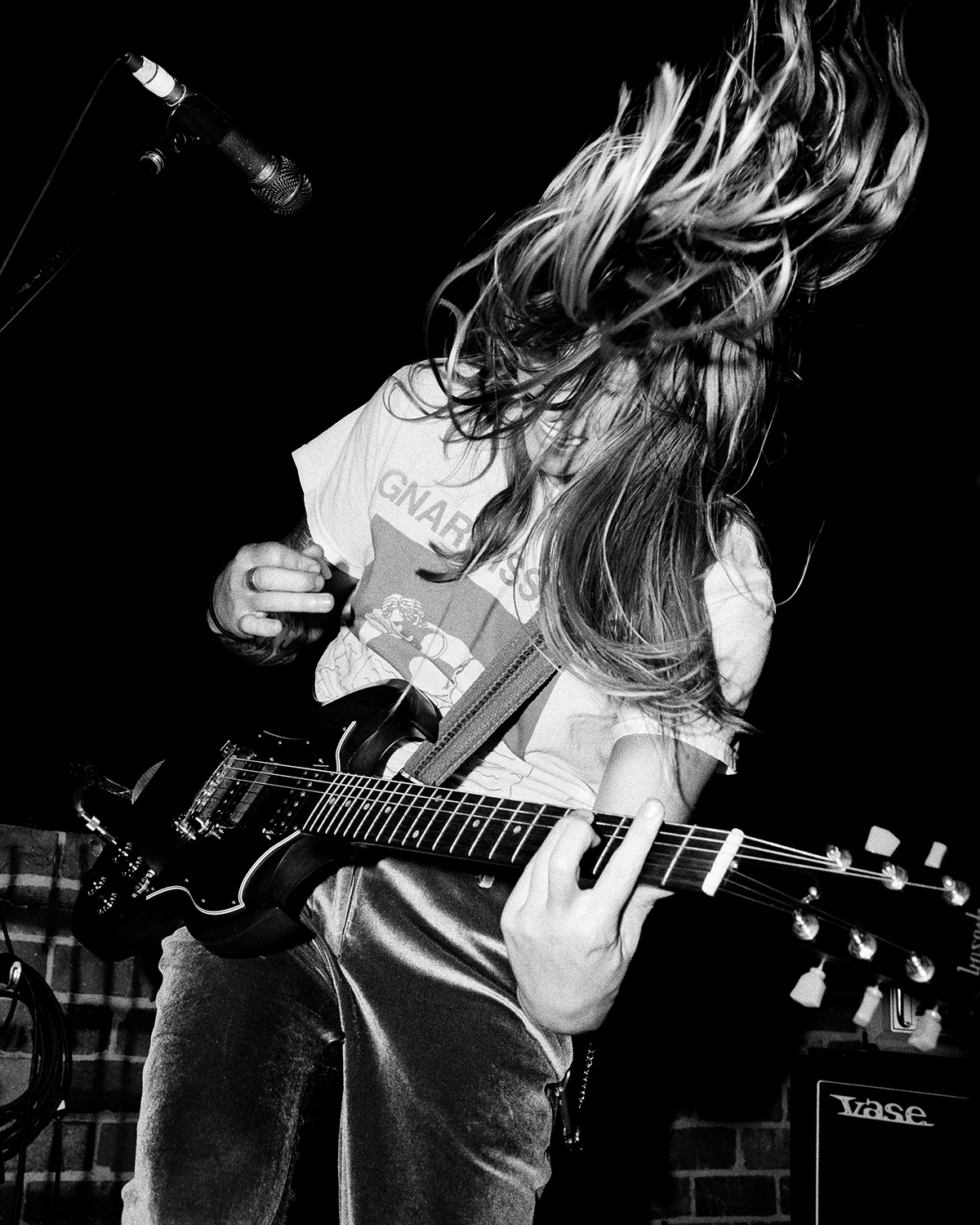
HAPPY: Do you think it’s important for visual creatives to clock up some more directorial experience like that?
SARAH: Every interesting salary job or career path I’ve looked at recently needs and wants you to be a photographer, a graphic designer, a writer and a content creator. A Creative™. The whole package. Even without that, I don’t think there is much I’ve had to do with Electric Toothbrush that I haven’t had to do myself or couldn’t apply to myself as a freelancer and an artist. I think it’s important to always be learning new things and testing the limits of your current creative thinking.
HAPPY: What would you be shooting in a world without music?
SARAH: Likely just all the things I already shoot or have shot in the past that aren’t music. Before I started photographing live music performances so often, I was doing other portraiture projects. Everyone is always performing something for you.
Right now I’m trying to make more art in complete solitude. Learning to not rely on having other people and their faces available to me. I’ve spent a great deal of time in the darkroom making images without any images at all lately. It’s been fun going back to the first thing they teach you in analogue photography – camera-less photography.
So I guess to answer your question very literally, I’m currently living in a world with no music and no cameras, and it’s going pretty well. Definitely flexing my brain in a way I haven’t in a long time. The project I’m working on right now is called Peripheral Vision and it’s about all the ideas you have and the place they exist, just out of sight, in your head.
This article appears in Happy Mag Issue 11: The Photo Issue. Pre-order your copy here.
